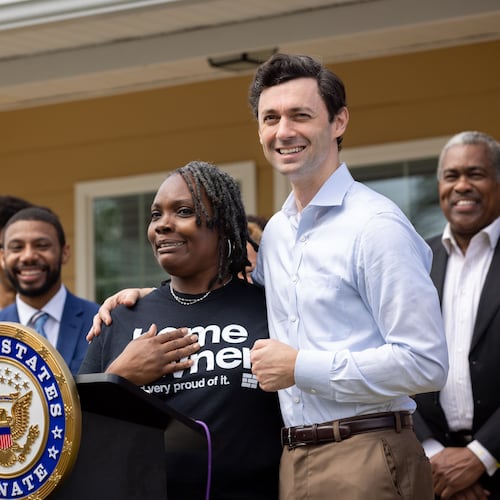PART 2
ABOUT THIS SERIES: Through our partnership with the Solutions Journalism Network, we’re examining how the city of Baltimore faced COVID-19 – and ended up faring better than expected. As part of our solutions-oriented focus, we’ll share what lessons other cities might learn from Baltimore’s approach.
TUESDAY: When comparing Baltimore’s COVID-19 experience with 325 communities with similar demographic characteristics, including race and ethnicity, employment and health insurance status, researchers found that the city fared better than the majority of its peers.
TODAY: While Baltimore did many things right, it also was much more cautious about reopening businesses and schools and relaxing mask requirements.
Despite Baltimore’s success in dealing with COVID-19, some critics point to areas where the city has not gone far enough.
Baltimore is imposing a vaccine requirement on city employees, but it has not followed New York, San Francisco and Seattle in ordering restaurants, theaters and other businesses to require proof of vaccination for admission.
At the same time, there are those who say it has gone too far.
The city firefighters’ union, like many public employee unions across the country, opposes the vaccine mandate.
In a letter to Mayor Brandon Scott over the summer, the union’s president asserted that the mandate should have been negotiated between the union and the city.
Credit: contributed
Credit: contributed
The Maryland Restaurant Association went to court last year in a failed bid to overturn the city’s prohibition against inside dining, which has since been rescinded.
While a September report from the Johns Hopkins Bloomberg School of Public Health, which compared Baltimore’s COVID-19 experience with 325 communities with similar demographic characteristics, including race and ethnicity, employment and health insurance status, highlighted Baltimore’s high COVID-19 vaccination rate relative to comparable areas, the 56% rate of Baltimoreans who are fully vaccinated lags the statewide rate in Maryland by 9 percentage points.
But it’s hard to argue that Baltimore has not attacked the pandemic aggressively.
It has been more cautious than the state in reopening businesses and schools and relaxing mask requirements.
Maryland Gov. Larry Hogan did not reimpose a new mask mandate as the delta variant fueled a dangerous new surge, but Baltimore’s mayor quickly issued an order requiring masks in all indoor settings.
Partnerships have played a huge role in Baltimore’s success.
The city has worked with the Johns Hopkins and University of Maryland health systems, other Baltimore hospitals, foundations, the local chapters of the NAACP and CASA, the immigrant advocacy organization and many local churches and community organizations.
Representatives of those groups have met frequently with Baltimore’s health commissioner or her staff to plot strategy and responses. They tackled tasks including the creation of detailed data dashboards, COVID-19 testing, contact tracing, vaccines, communications and identification and outreach of vulnerable populations.
CareFirst BlueCross BlueShield helped set up a COVID-19 call center that provided information about the pandemic and directed callers who suspected they were infected to clinicians at Johns Hopkins and the University of Maryland health systems.
Johns Hopkins and the University of Maryland helped the city create a sophisticated COVID-19 dashboard detailing the progress of the disease and vaccine uptake throughout the city. Much of the data is broken down by race, ethnicity and age.
Working with the city and the state, the University of Maryland and Johns Hopkins health systems quickly set up a field hospital at the Baltimore Convention Center to treat overflow COVID-19 patients as well as to conduct COVID-19 testing and eventually administer shots.
Meanwhile, the city devised a communications and dispatch network to coordinate COVID-19 cases to try to assure that no hospitals were overrun with cases.
Johns Hopkins and the University of Maryland health systems operated mobile testing and vaccinations units, deployed by the city to especially vulnerable areas. The city transformed the 100-year-old Lord Baltimore Hotel, closed because of the pandemic, into a residence where homeless people and others could quarantine safely. The University of Maryland Medical System provides clinical services at the site.
When the crisis began, the city had only about 15 contact tracers. With support from the Rockefeller Foundation, the Open Society Institute-Baltimore foundation and the Johns Hopkins Health System, the health department created an army of about 250 contact tracers, many of them unemployed or furloughed as a result of the pandemic.
The city recruited people from the hardest-hit neighborhoods to fill those jobs.
Even before vaccinations became available late last year, the city identified groups that were likely to be hardest to convince to get their shots, said Dr. Letitia Dzirasa, Baltimore’s health commissioner.
They included minority and immigrant communities, young people and Orthodox Jews.
“We knew in some cases we would be trusted and in others we wouldn’t be, so we needed to identify trusted community members as our ambassadors to those communities,” she said.
With philanthropic partners, the city developed sophisticated social media outreach, aimed particularly at young people.
Those who worked on Baltimore’s pandemic response think other places can learn from the city’s community-wide response to COVID-19.
Michael Ollove writes for Stateline, an initiative of The Pew Charitable Trusts. This story is republished through the Solutions Journalism Network.
About the Author
Keep Reading
The Latest
Featured




